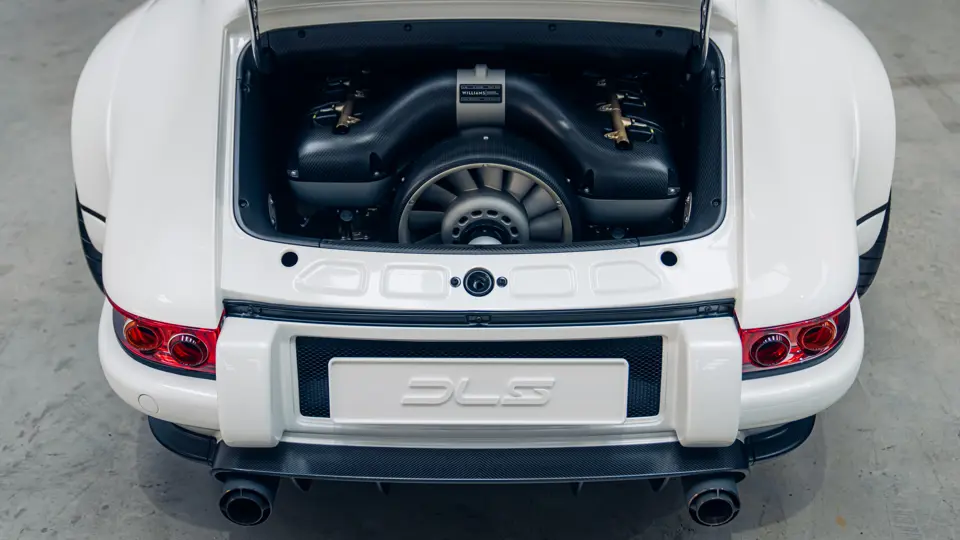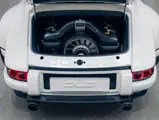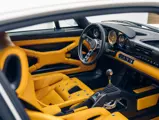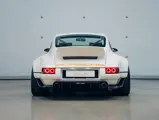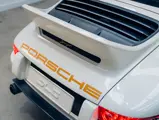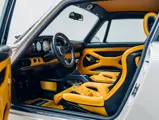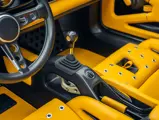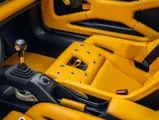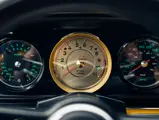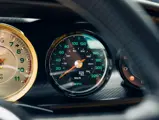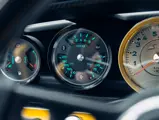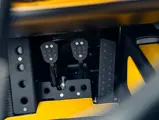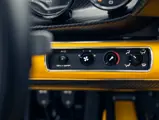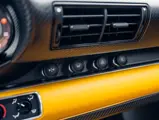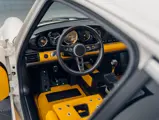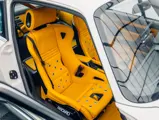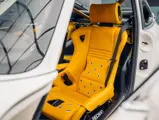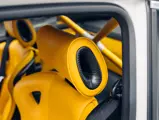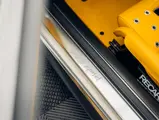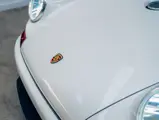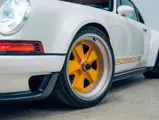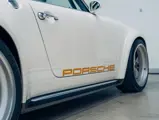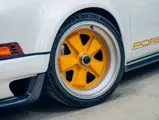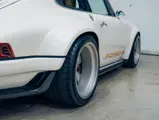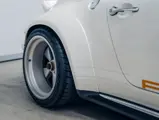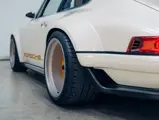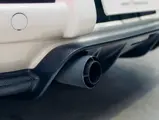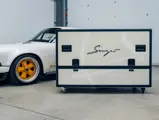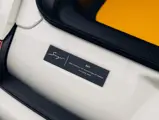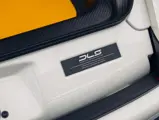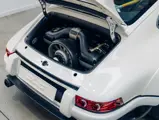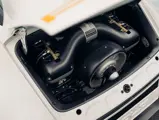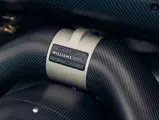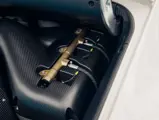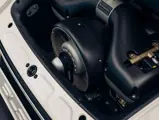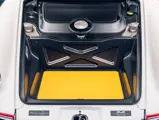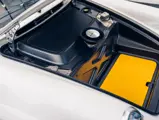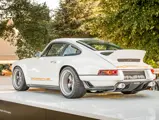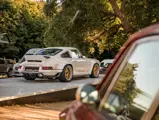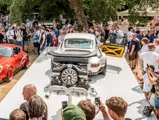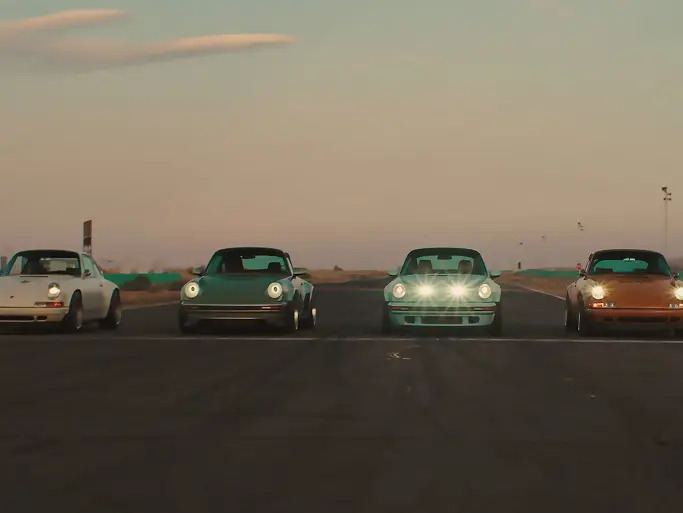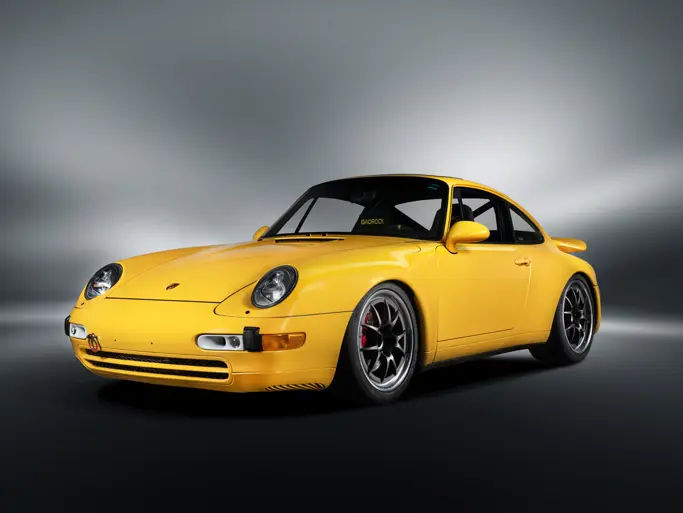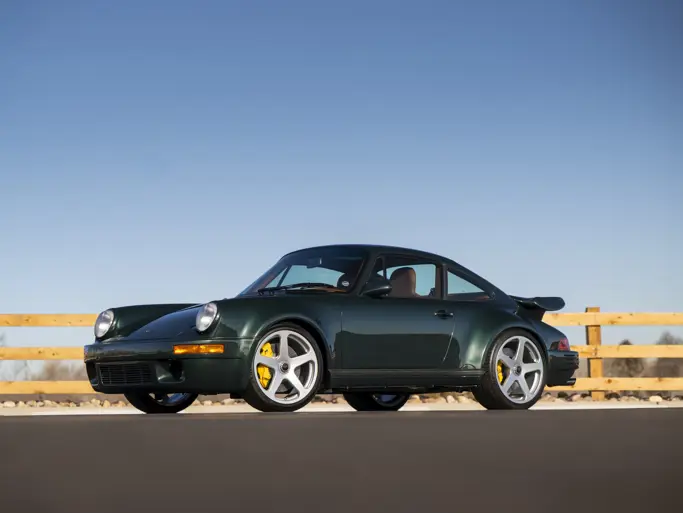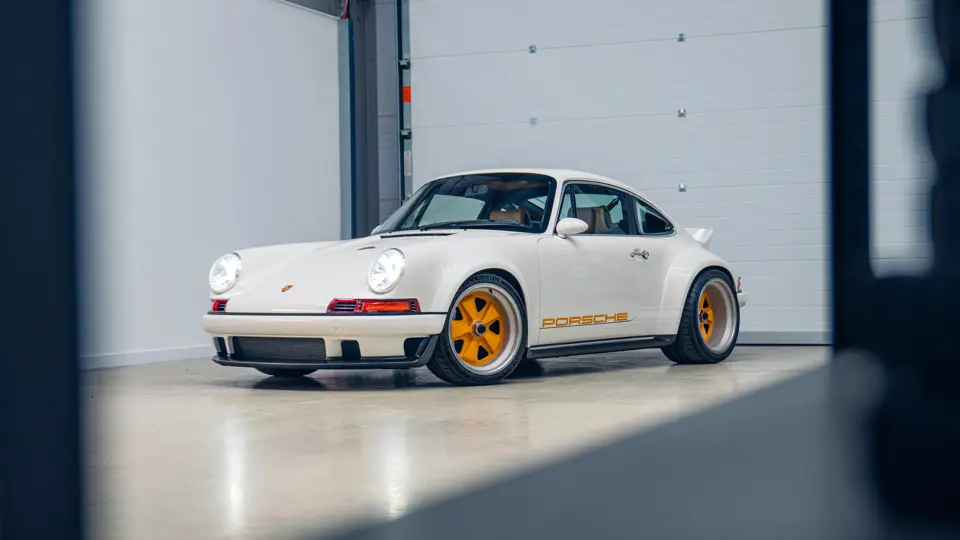
1990 Porsche 911 Reimagined by Singer - DLS EP1
{{lr.item.text}}
{{bidding.lot.reserveStatusFormatted}}
- One of two cars shown at the 2018 Goodwood Festival of Speed for the global launch of Singer’s DLS services
- The car shown in the original press photography
- Originally restored in 2018 and meticulously refreshed in 2023
- Approximately 850 miles since completion
- Offered with a twelve-month Singer goodwill warranty
In Perfect Tune
Singer changed the game when it launched its DLS services. Now, a car that started the revolution when it was first presented in 2018 will be offered via Sealed.
When Rob Dickinson founded Singer in 2009, he probably had no idea how successful his venture would become. But it didn’t take long for the world to realize that Singer really did do things differently, with their mantra of “Everything is Important.”
The company’s work has always reflected a unique perspective, beginning with its Classic services. Based on the Porsche 964—a sweet spot in the evolution of Stuttgart’s air-cooled 911, according to Dickinson—each was different and totally unique, a reflection of the tastes and desires of the commissioning owner and the geniuses in Singer’s California skunkworks. Every car was meticulously restored, incorporating around 4,000 hours of labor. As a result, on average just four were restored per year in the early days—which rather puts that Rolex Daytona waiting list into perspective.
Singer’s second act began with the now legendary Dynamics and Lightweighting Study, or ‘DLS’ to its friends.
The name doesn’t give much away, and if anything undersells what is one of the most remarkable automobiles to ever turn a wheel in anger. It built on the foundations laid by the Classic services but took things several degrees further, going beyond styling and refinement and utilizing Formula One technology to—in the words of Singer—pursue a vision for the most advanced air-cooled 911 in the world. You only need glance at the specification sheet to realize that.
Porsche’s air-cooled dynasty eventually came to an end with the 993-generation 911, which made way for the water-cooled 996 in 1997. Thirty years of evolution had taken the 911 as far as it could go in its conventional form, as ever-increasing power outputs required more efficient and effective cooling to maintain the firm’s renowned reliability. But that was then, and in 2018 Singer responded to requests from its clientele to apply the latest cutting-edge technology to an age-old problem—in so doing living out the sort of automotive fantasy that only comes about after a long evening with your mates in the pub.
As a sign of just how ambitious the project was, the firm engaged two of the biggest and most influential names in Porsche history to take up their cause: legendary designer Norbert Singer (no, the name isn’t a coincidence), and Hans Mezger, the gifted engineer and original creator of the feted Mezger flat-six that had, in various forms, powered the Porsche’s flagship model for decades.
For the development work, they turned to Williams Advanced Engineering, a British research and development firm founded in 2010 and deeply steeped in the world of Formula One. The team quickly set about solving problems that had plagued Porsche engineers for years—namely how to keep high-performance air-cooled engines within safe operating temperatures. The issue had meant that Porsche had only ever fitted two valves per cylinder to its roadgoing 911s before the introduction of water cooling. Times change though, and with them new-age materials that helped Singer and Williams push the limits of what was thought possible.
The engine’s block was enlarged to four litres and was fitted with four-valve heads, while each pot was kept fed by two injectors per cylinder. The valves were made of titanium and filled with sodium, the lightweight fan and its surround were formed from magnesium, and the exhaust was created from a combination of titanium and Inconel, a nickel-chromium-based superalloy known for its exceptional strength and resistance to high temperatures.
“This has been a fantastic opportunity to showcase the core capabilities of Williams Advanced Engineering,” Williams’ technical director Paul McNamara told Top Gear back in 2018. “Having had the opportunity to consult with Hans Mezger about the development of the engine, our team was pleased to be able to provide a solution to Singer’s requirements and, of course, to be a part of this iconic vehicle’s continued evolution.”
In an effort to ensure every ounce of the 500-horsepower generated by that jewel of an engine goes to the rear wheels and nowhere else, the air-conditioning and hydraulic power steering are powered by a lithium-ion battery mounted under the bonnet. Even the alternator only charges the battery when the engine has spare capacity; when you ask for everything, the engine gives it without any power drain from ancillary components. If you were in any doubt about how much thought went into the DLS, the manual six-speed gearbox was specially positioned to allow the flat-six to be mounted further forward in the chassis, aiding weight distribution. Everywhere you look this car has perfected the art of incremental gains.
The attention to detail extends to the bodywork which surrounds the chassis of the Type 964—the starting point for every car Singer restores. For a start, it’s formed entirely from carbon fiber, shaving kilograms from the final curb weight. From there, it was further refined using computational fluid dynamics—the sort of technology employed to create the wild aero packages of modern Formula One cars—to hone and refine the model’s aerodynamic efficiency. That incredible front splitter directs air flow through the cooling system, while to optimize the performance of the iconic ducktail spoiler, an additional stepped wing at the top of the roof ensures air clings to the back of the car. The result is even more downward pressure on the carbon fiber ducktail, helped by a small Gurney flap on its leading edge, and as a result the driven rear wheels.
The fruits of Singer’s labor were laid bare for the world to see in 2018, when the DLS services made their global debut at the Goodwood Festival of Speed. This example—named EP1, finished in Parallax White with Ghosted Light stripes and Norfolk Yellow lettering —spent the weekend sitting on a podium on the company’s stand and proved a magnet for the world’s press. The polished aluminum brightwork attracted social media influencers like magpies, while both oil and fuel fillers were external. Even the 18-inch monoblock center-lock wheels were a work of art, forged from Magnesium, shod in Michelin Pilot Sport Cup 2 tires, and hiding bespoke Brembo CCMR carbon-ceramic disc brakes and monoblock brake callipers. The interior was equally special with lightweight carbon fiber bucket seats trimmed in Norfolk Yellow leather, secondary trim in exposed, satin carbon fiber, and a sublime exposed gear linkage with a gear knob made from carbon fiber and maple. If ever a car came close to ‘breaking the internet,’ this was it.
Its sister car, appropriately finished in Heart Attack Red, assaulted the famous hill, with its 9,300 rpm redline letting out an ethereal howl unlike any 911 that came before as it tore past the Flint Wall. Close your eyes as it screamed through the gears and you’d be forgiven for thinking it was a Formula One car being put through its paces. That something so beautiful, so perfectly styled, and thoughtfully executed can also be so fast, so visceral in its performance, well, it hardly seems fair.
After its initial restoration and presentation at Goodwood in 2018, EP1 was meticulously refreshed by Singer in 2023. From being the first car presented on the stand at the Festival of Speed in 2018, to featuring in many magazine articles, EP1 and the DLS restoration services were part of a pivotal moment in the firm’s history—a watershed moment when the legendary style and swagger that made Singer famous was fused for the first time with cutting-edge Formula One technology.
Recently serviced by Singer at their UK facility earlier this year, the car will be offered with a twelve-month warranty to its new owner, alongside a Track 1 - DLS Edition watch color matched to EP1, and luggage trimmed to match the car’s sensational color scheme. Finally, the car is offered with two sets of lightweight magnesium wheels, one in a polished finish and another in Norfolk Yellow, providing further choice to its next owner.
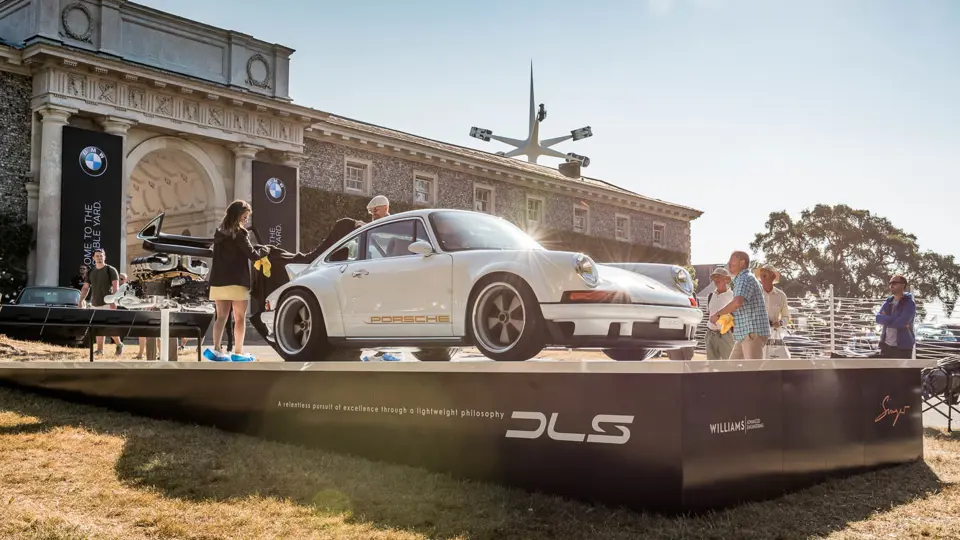
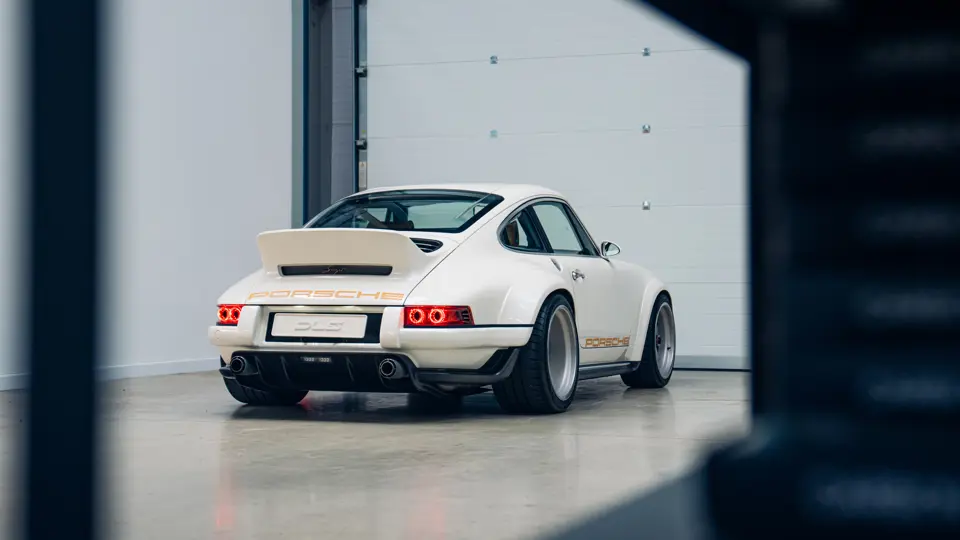

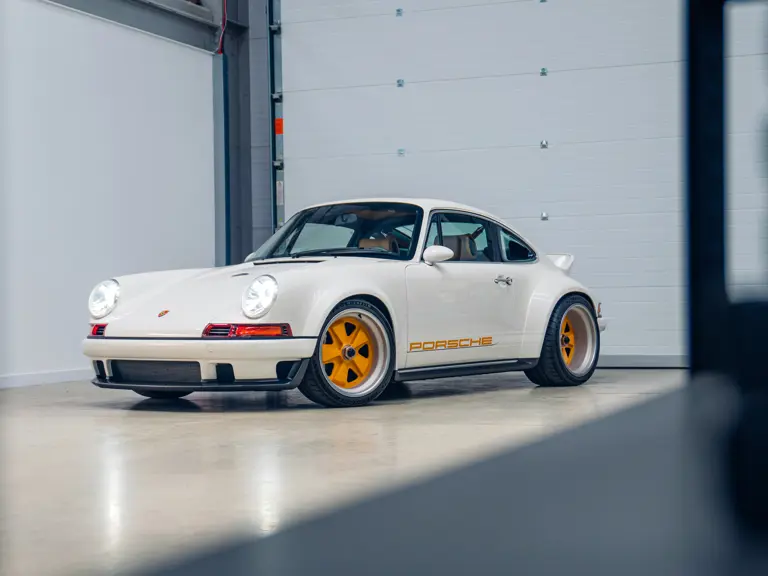

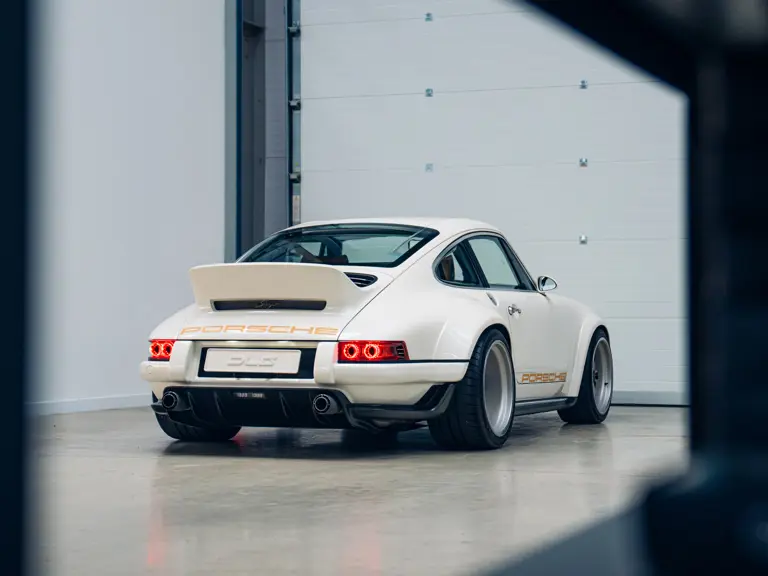
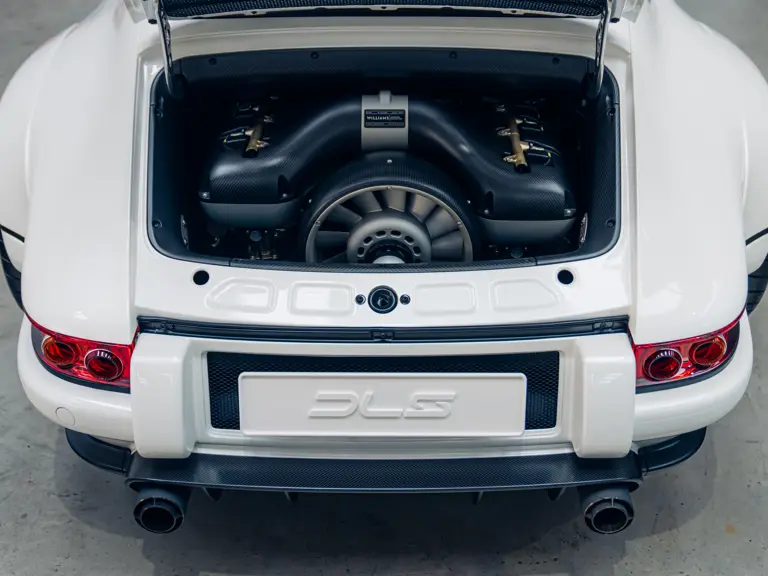
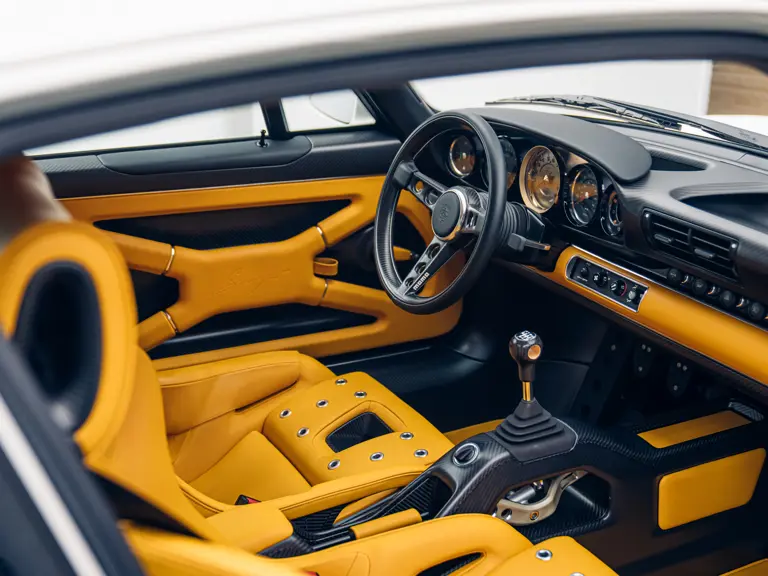
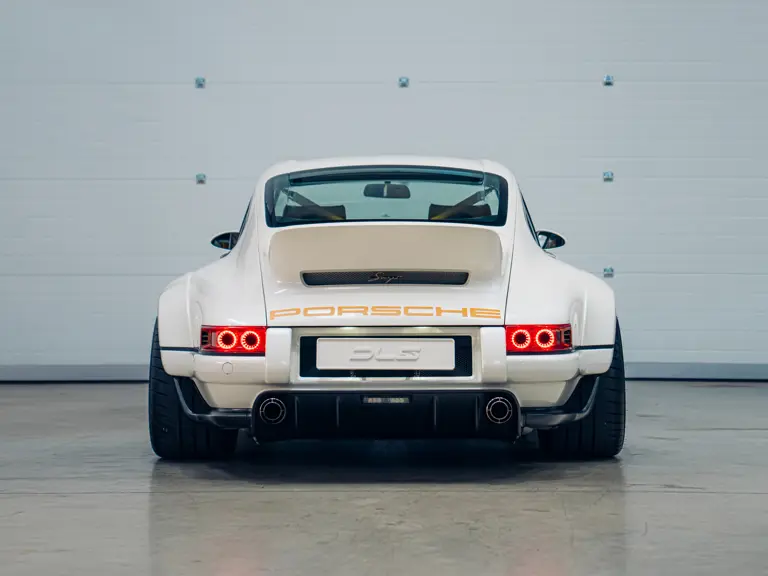
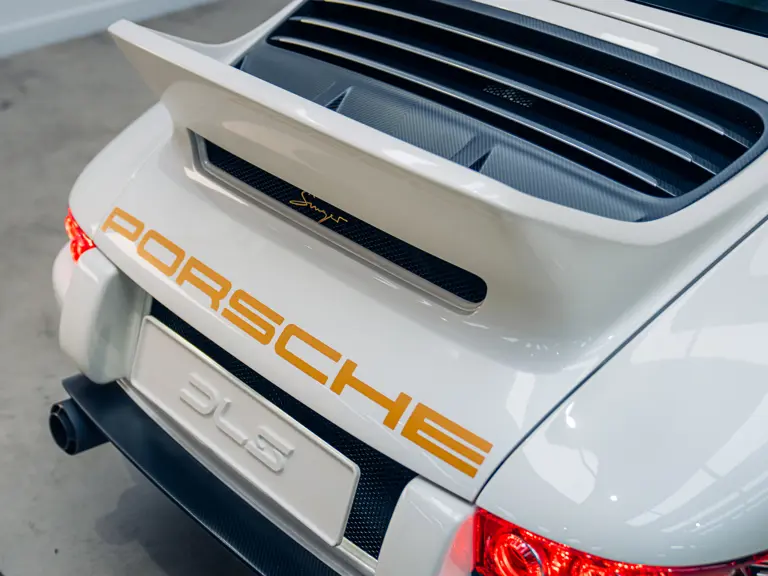

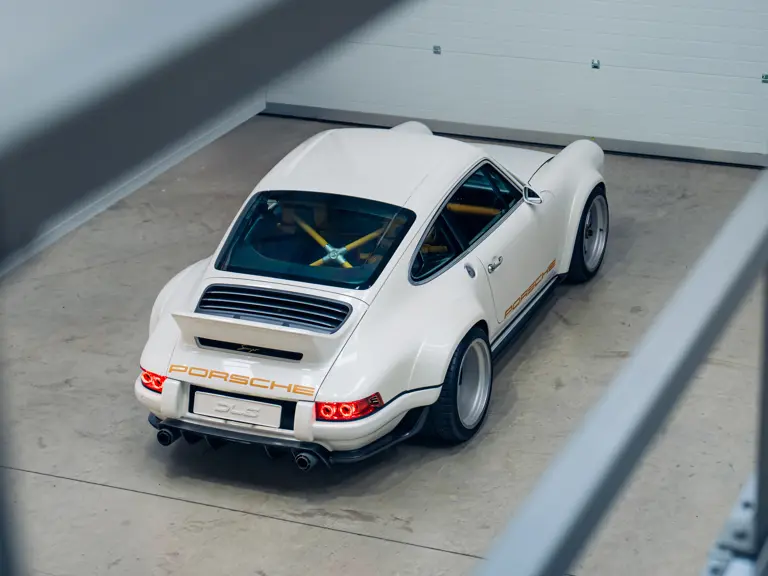
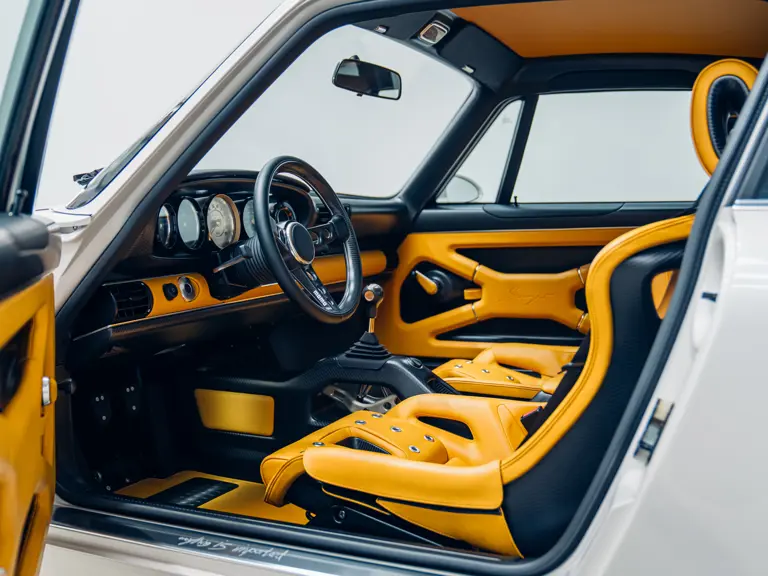
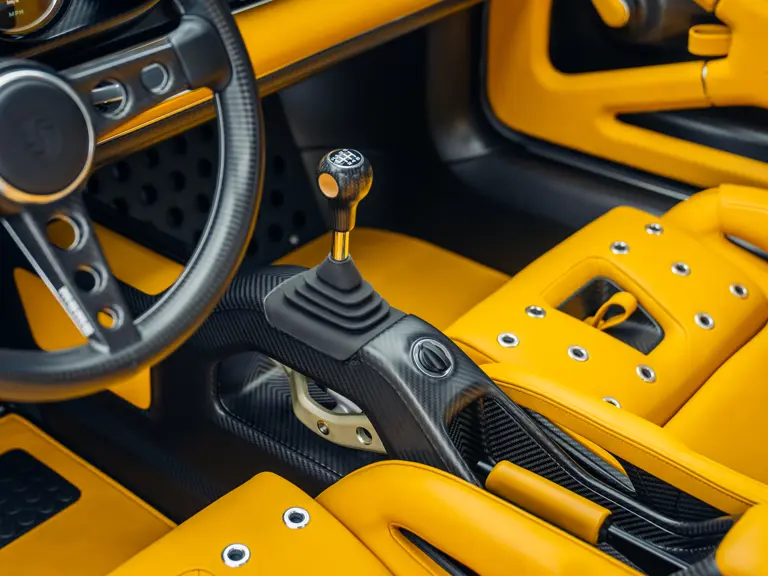
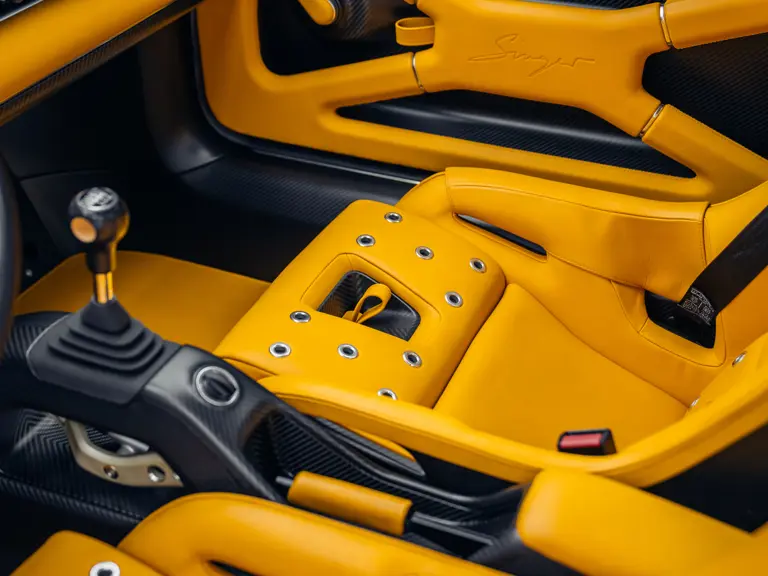
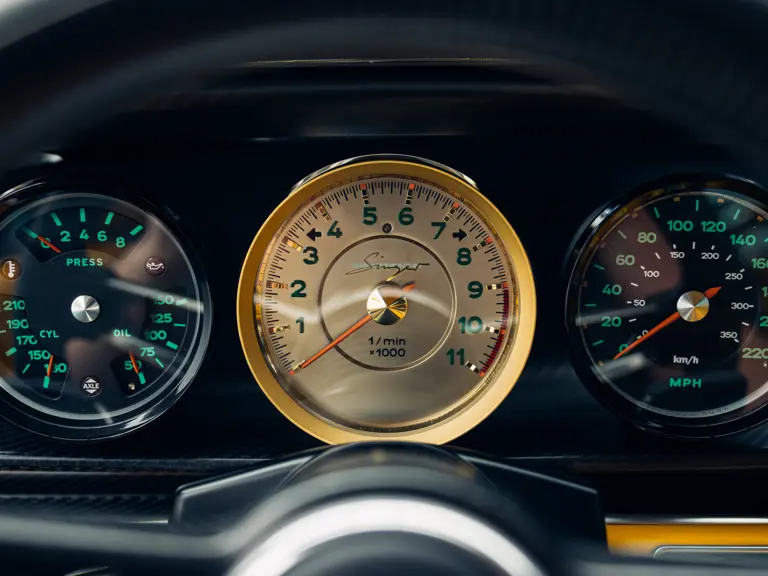
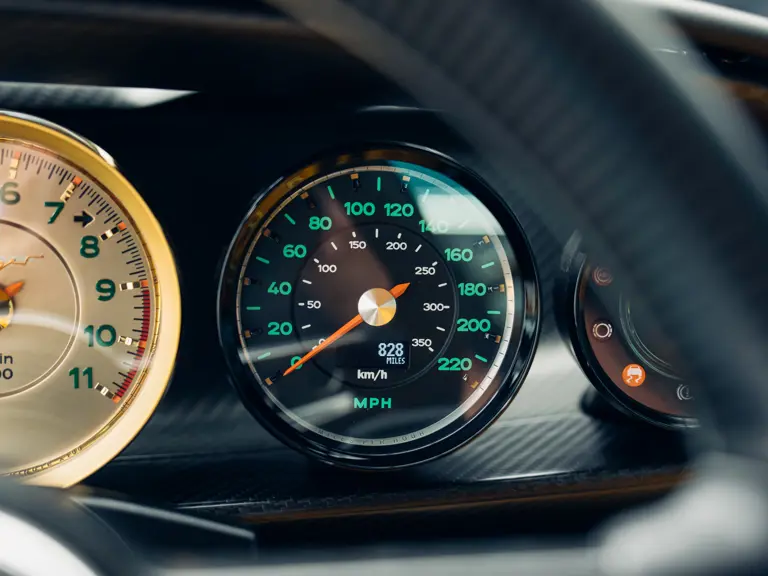
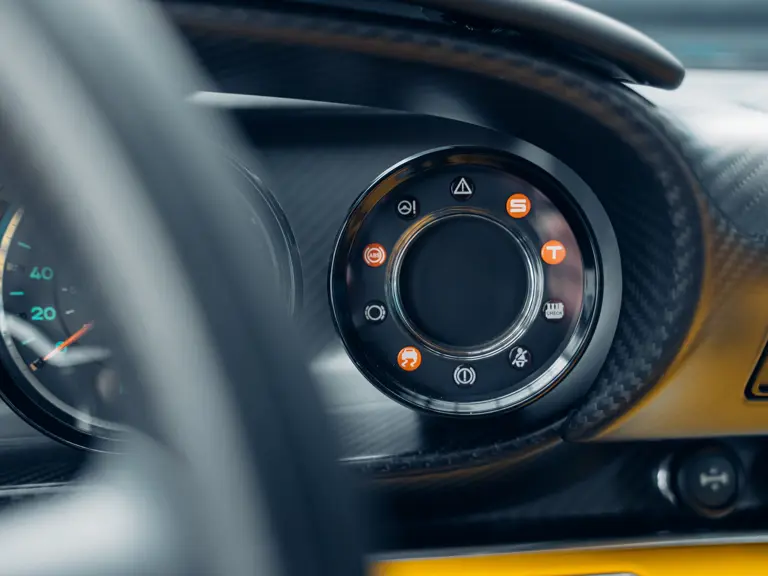

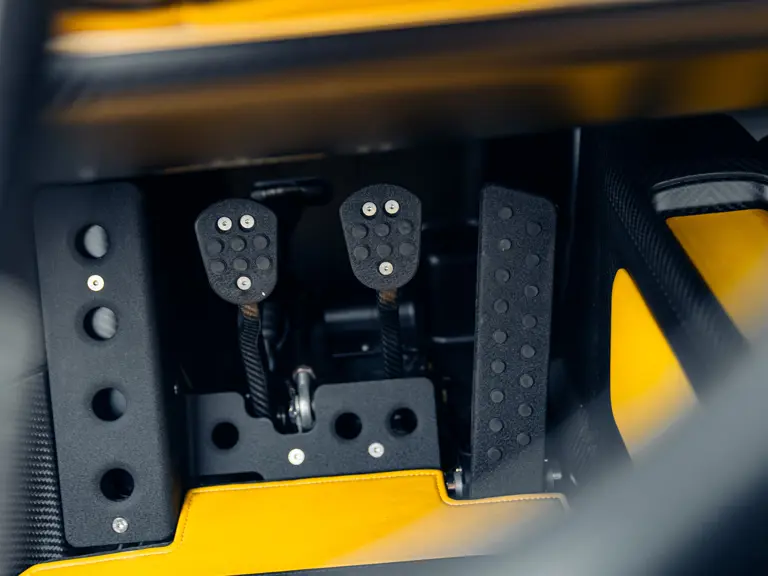
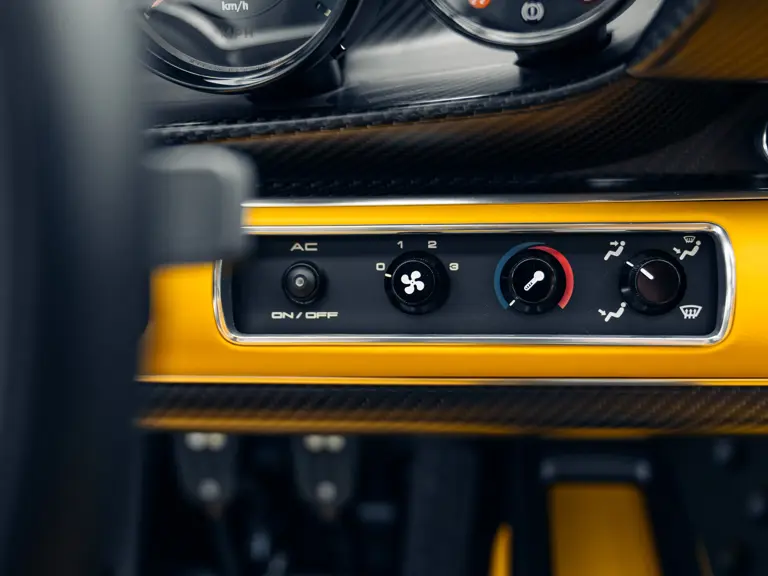

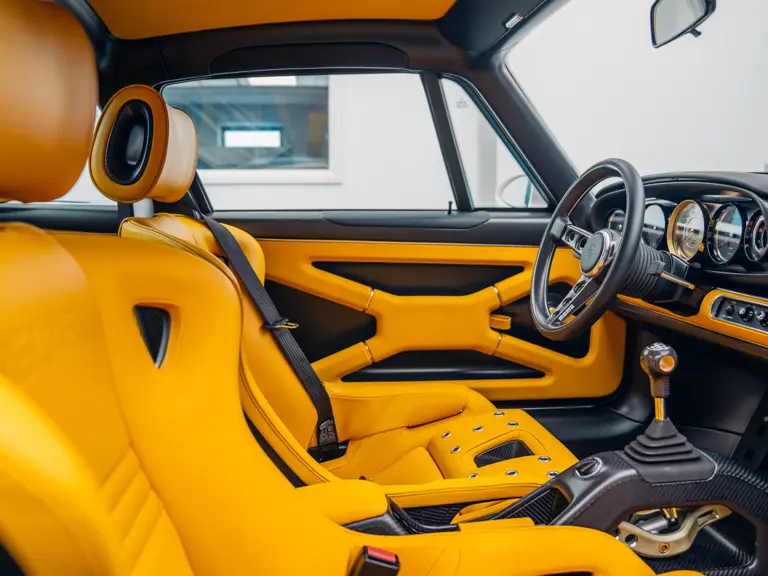
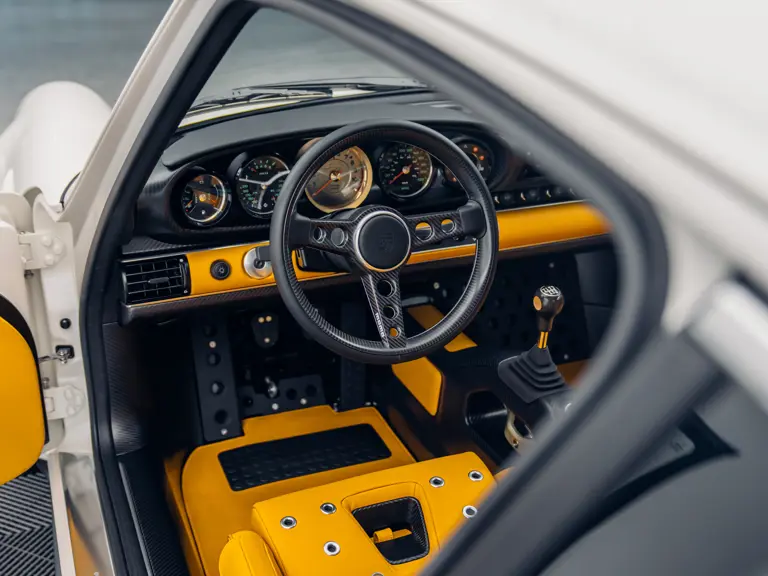
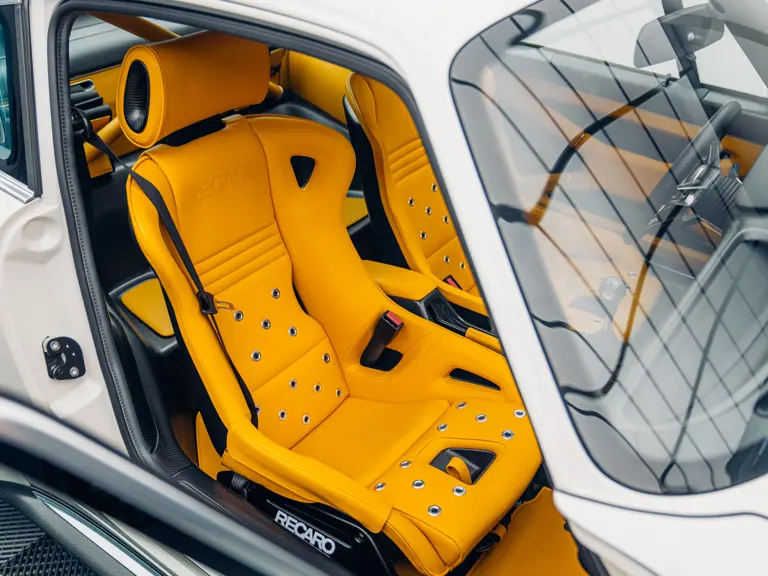
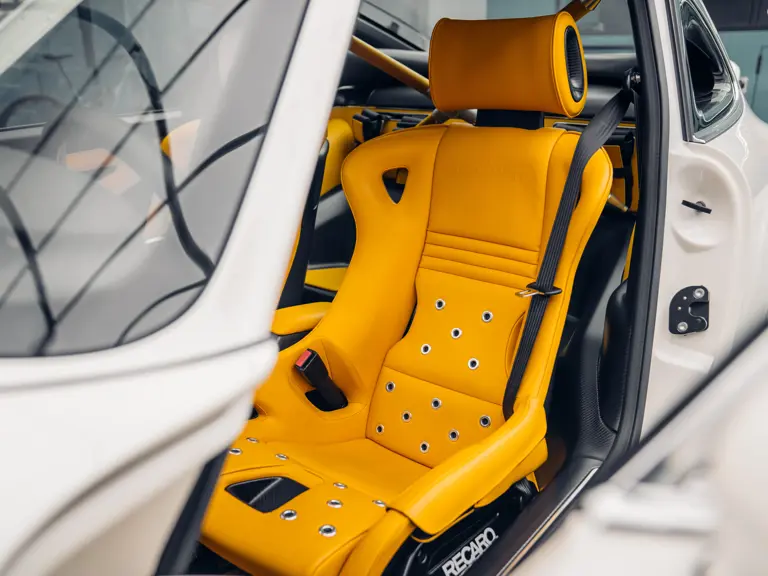
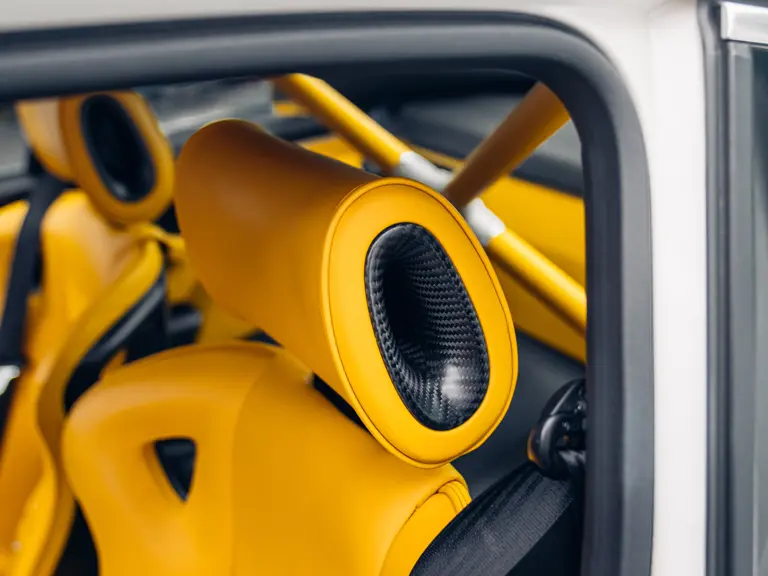
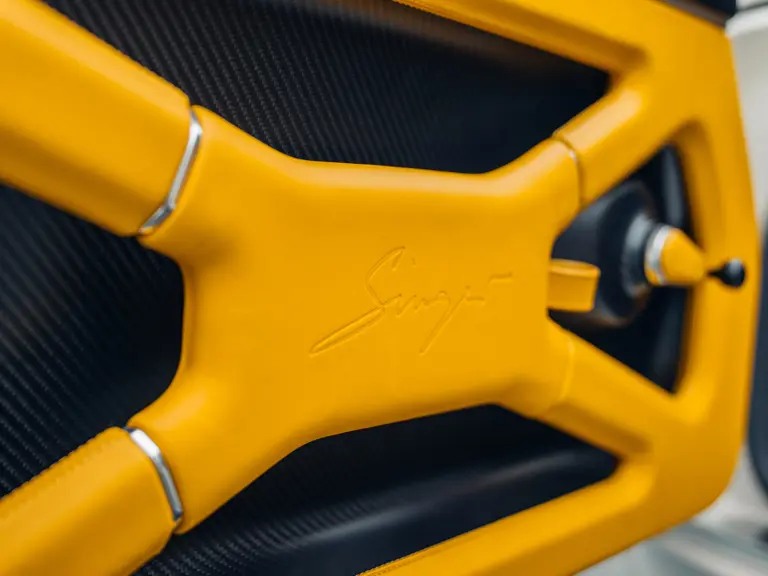
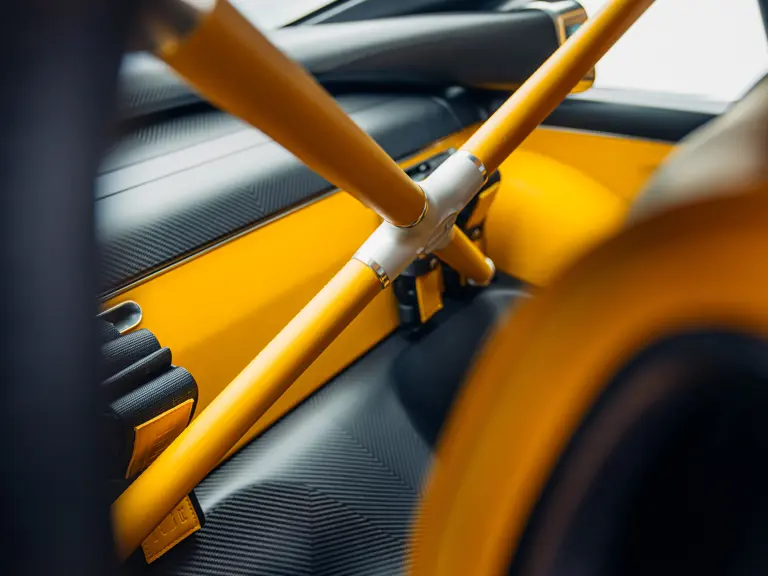
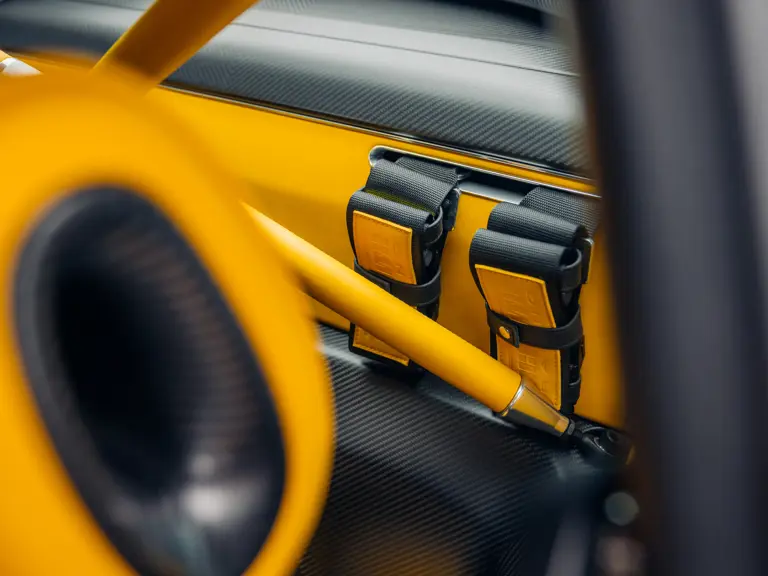
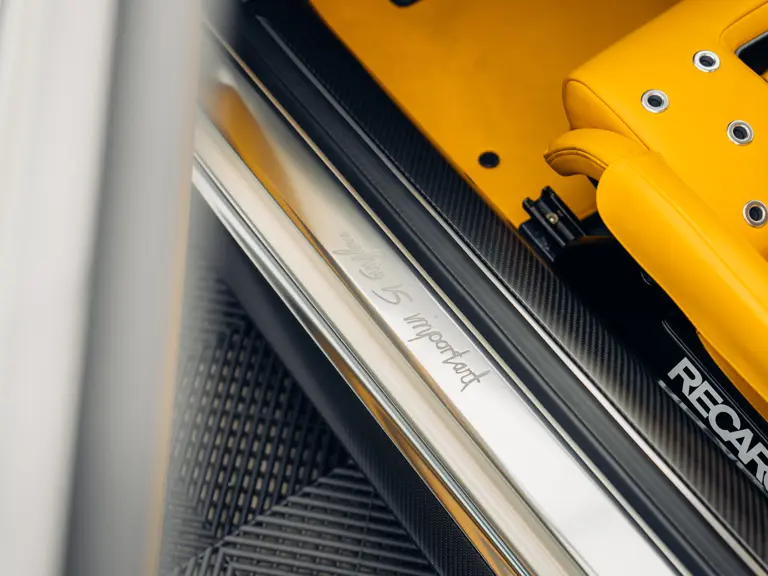
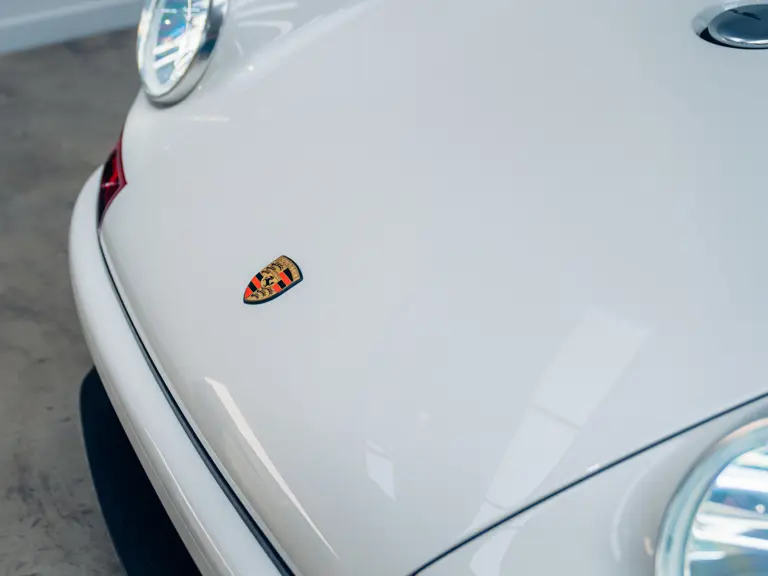
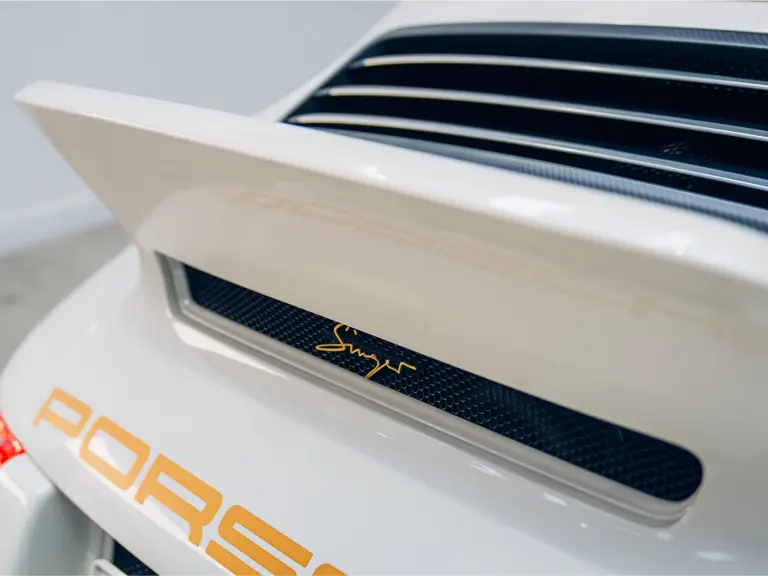

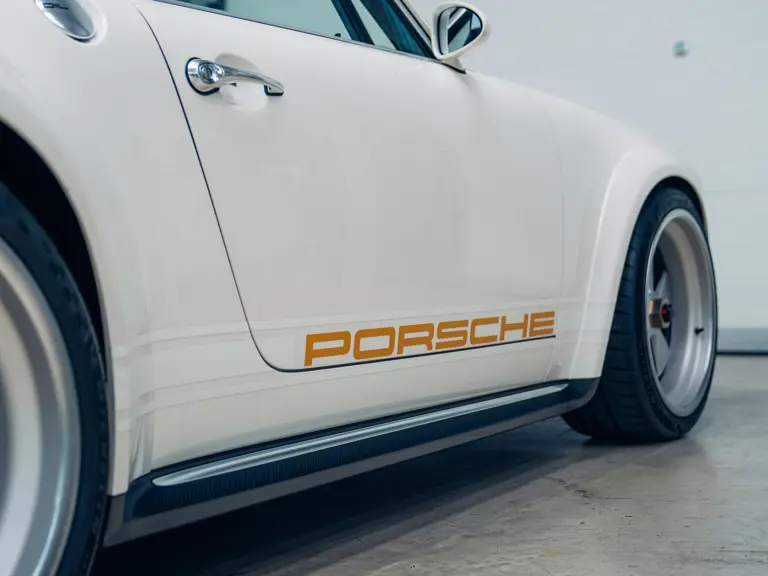
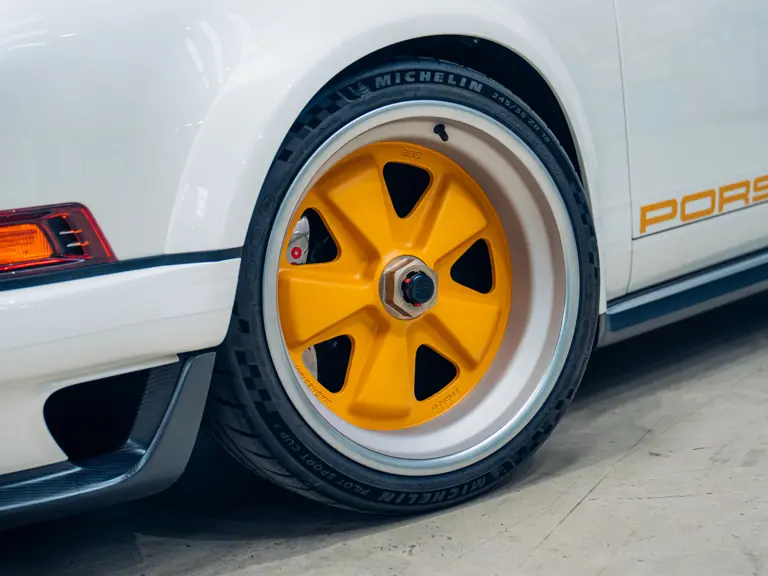
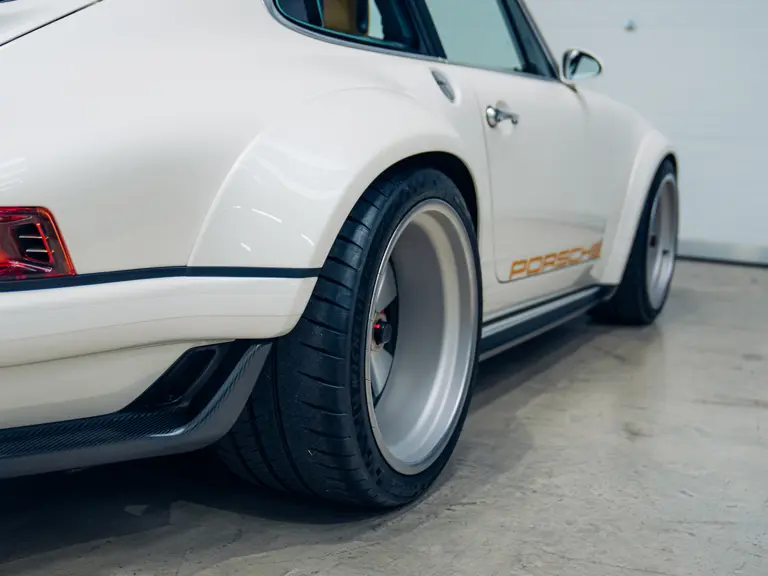
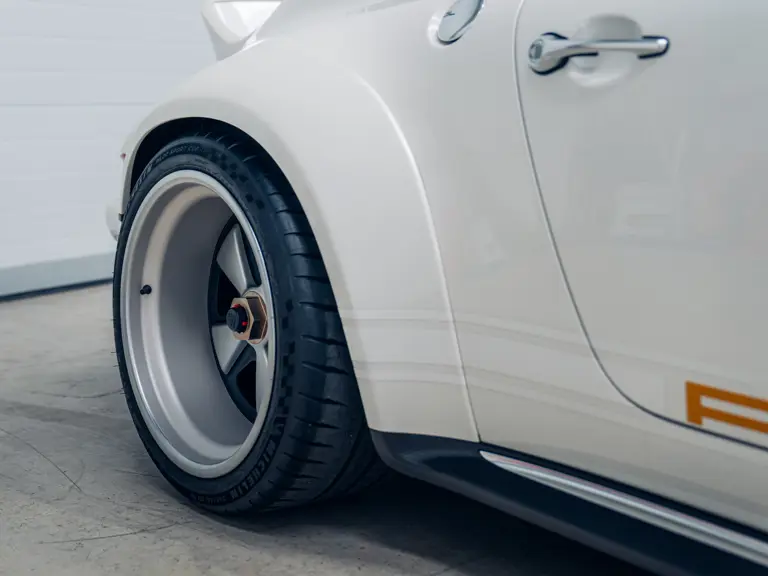
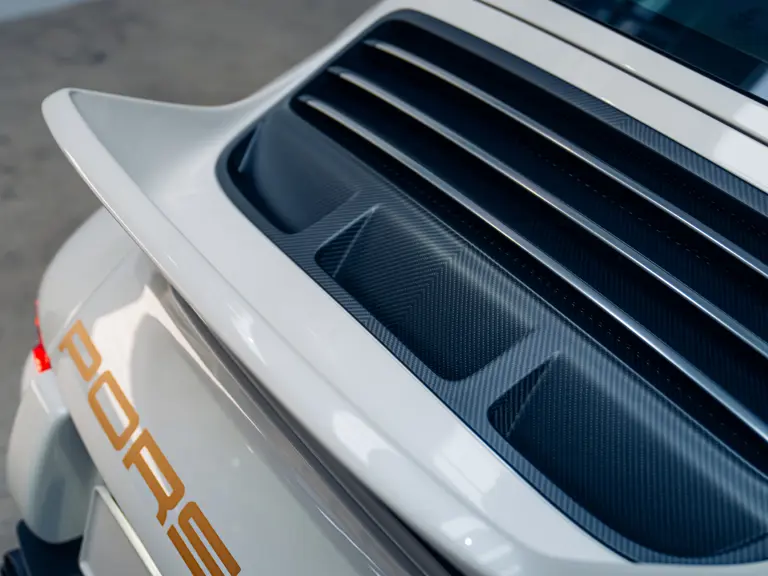
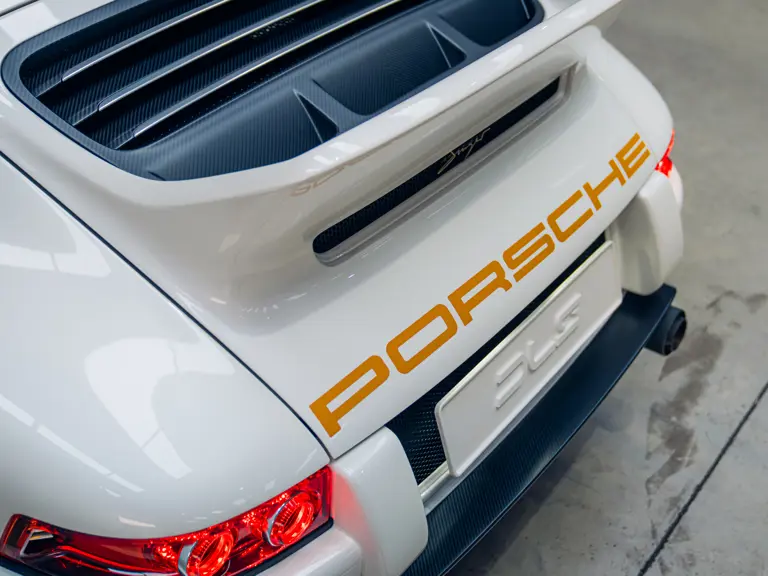
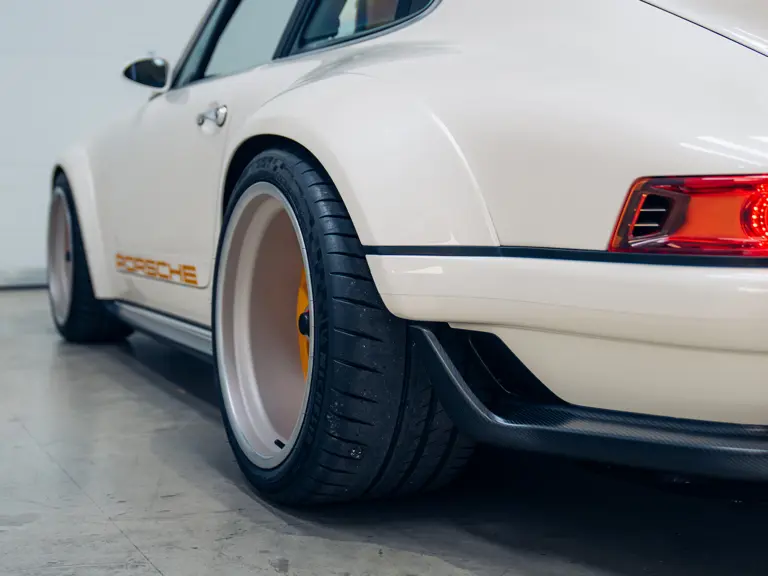
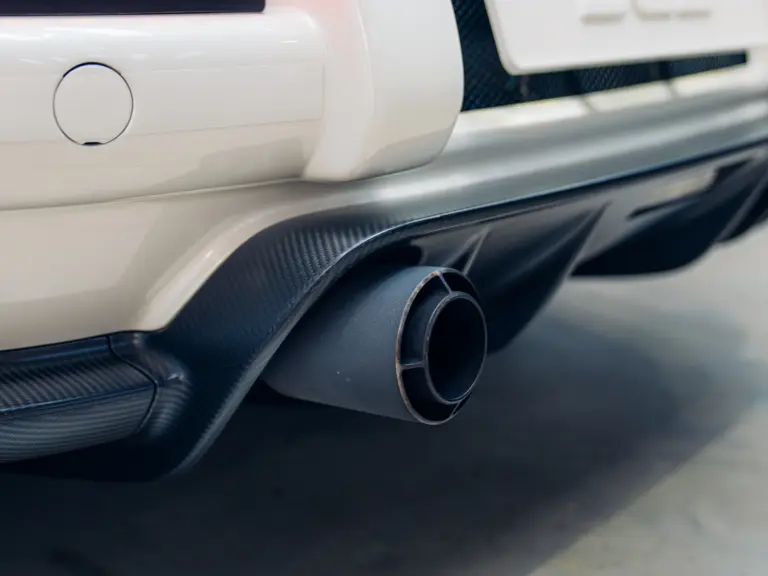
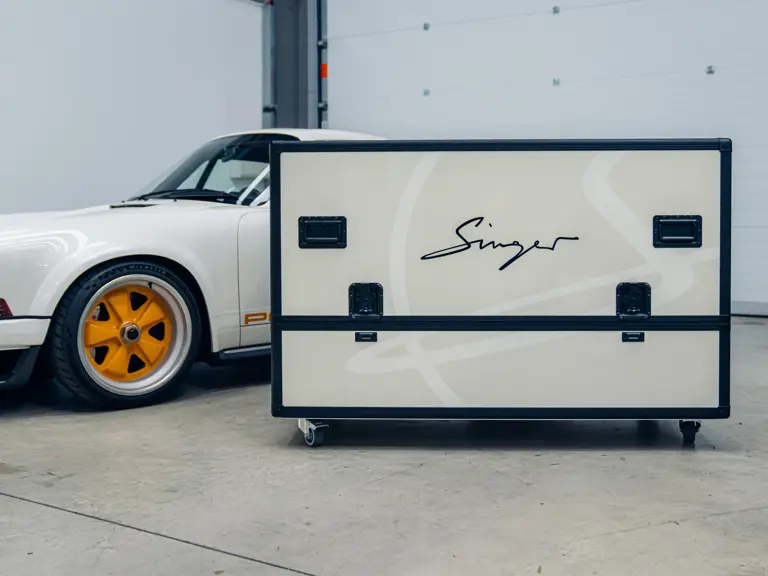
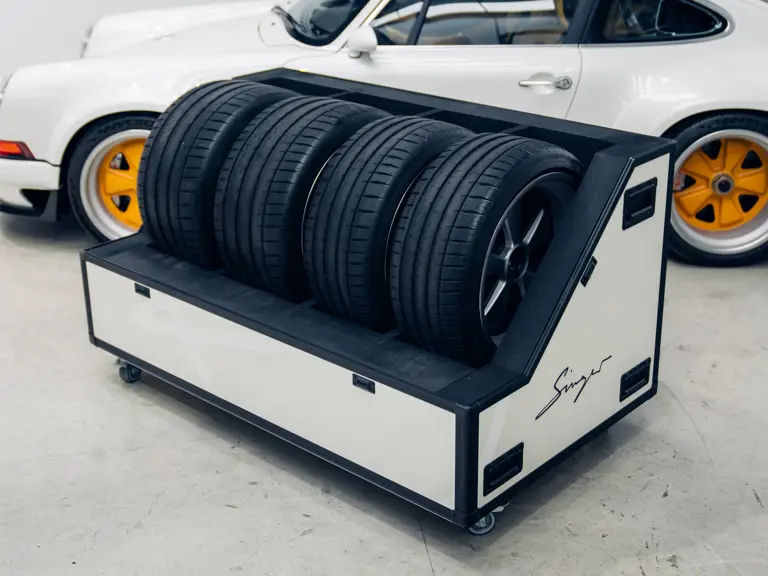
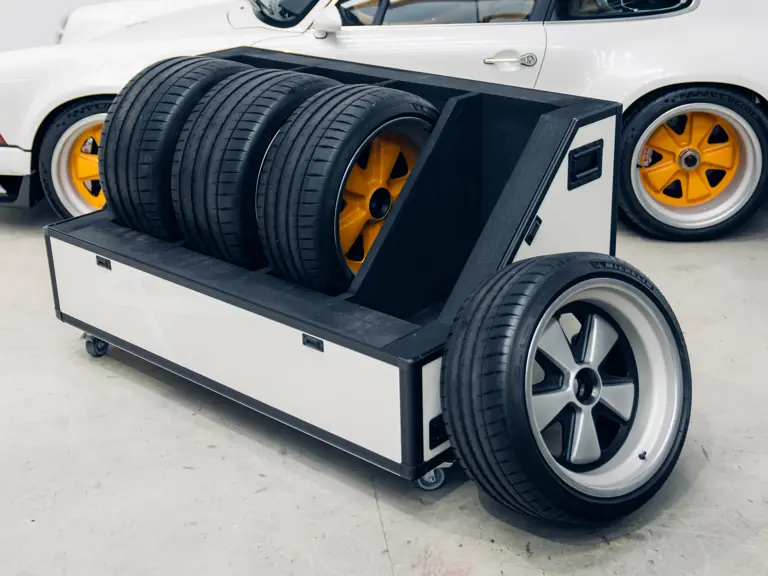
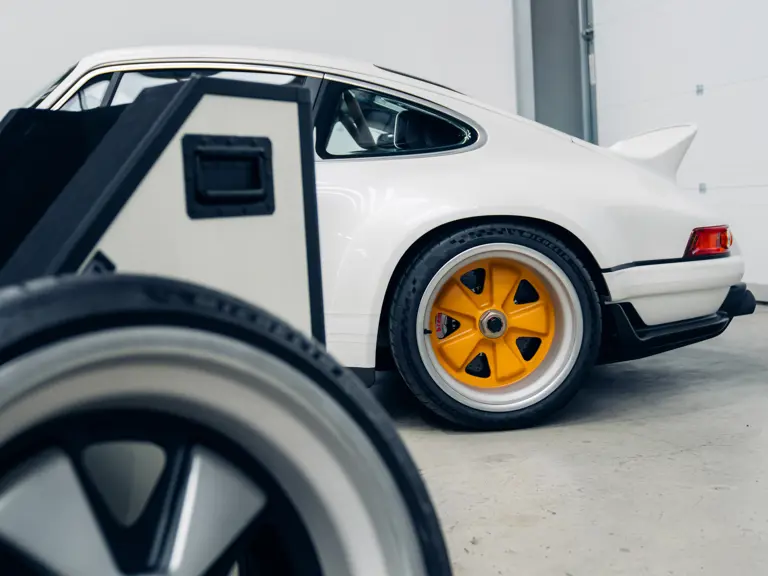
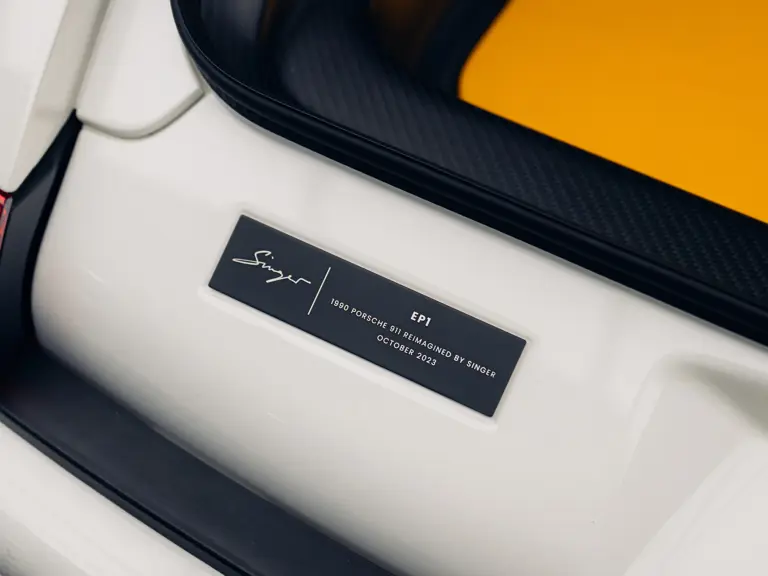
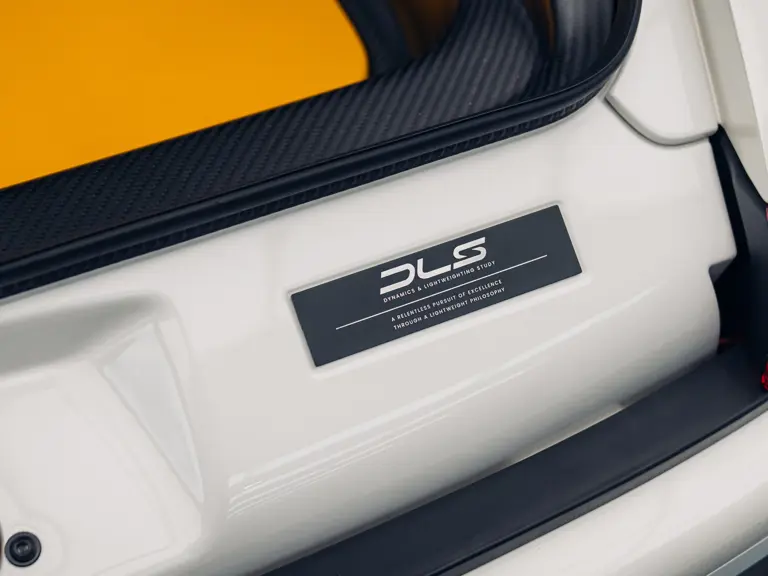
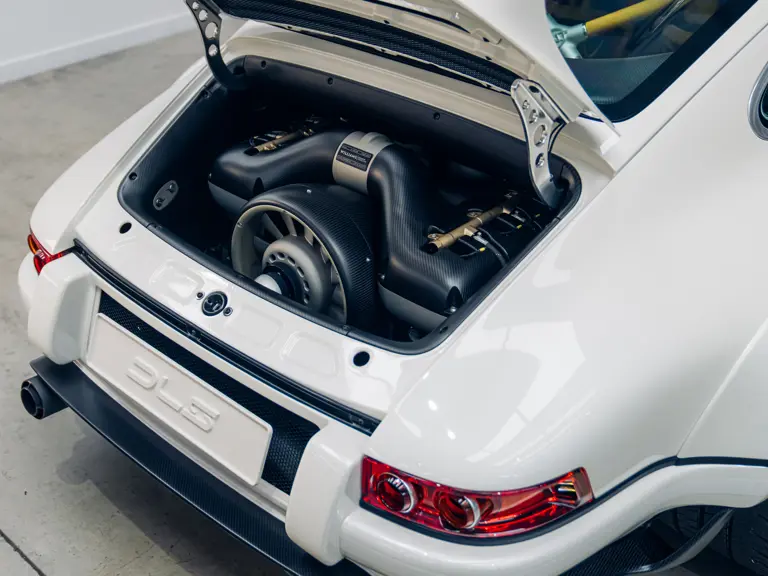
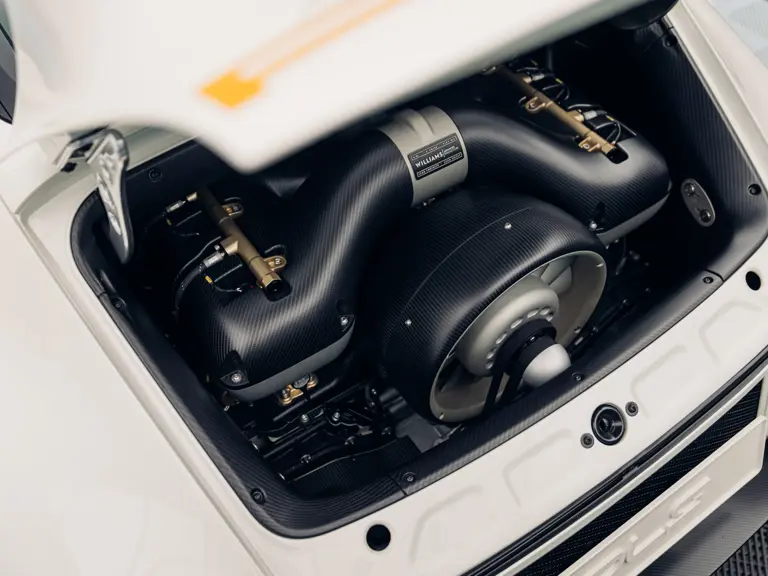
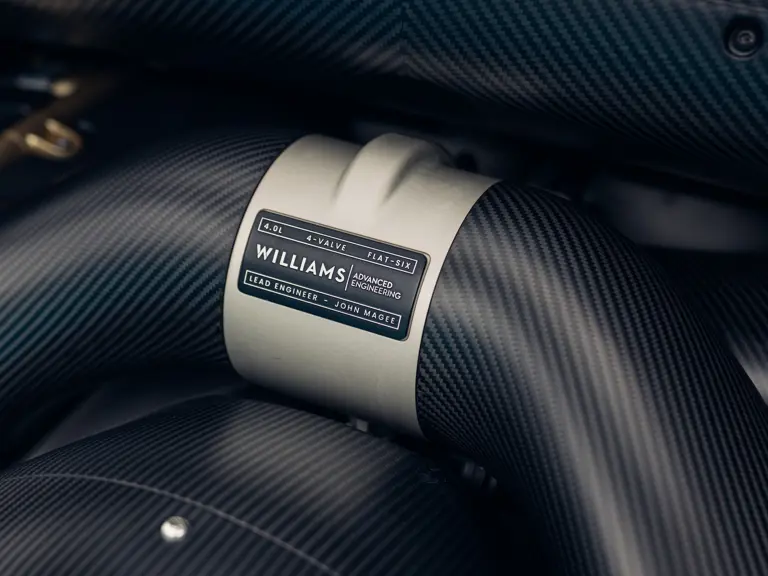


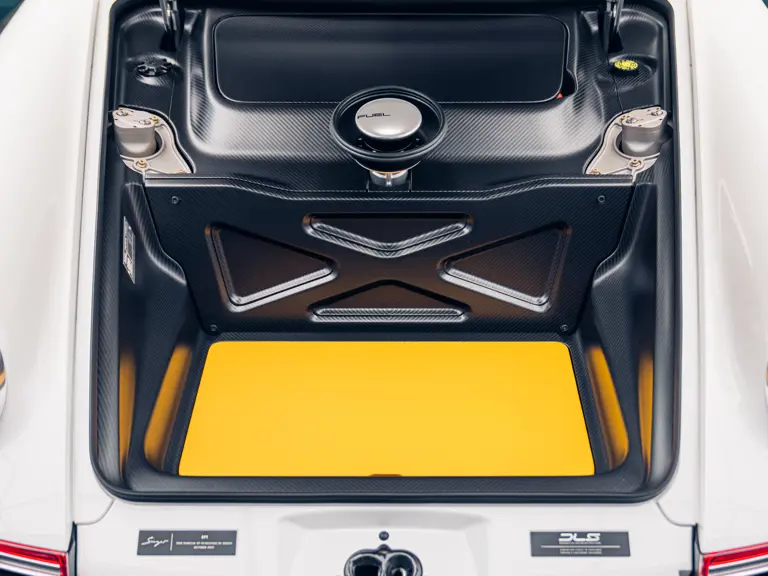
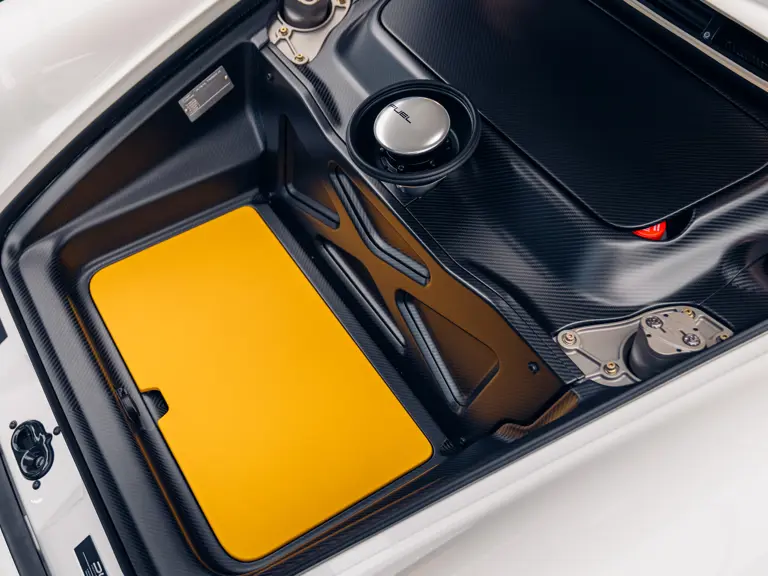
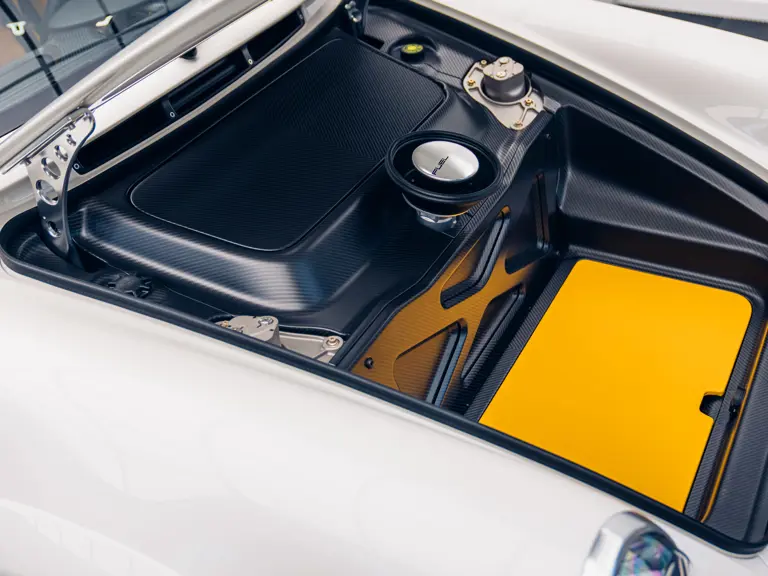
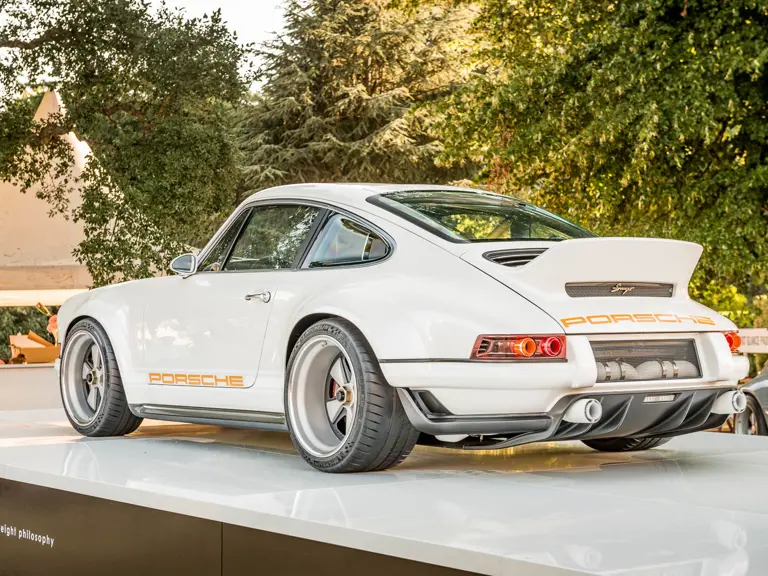
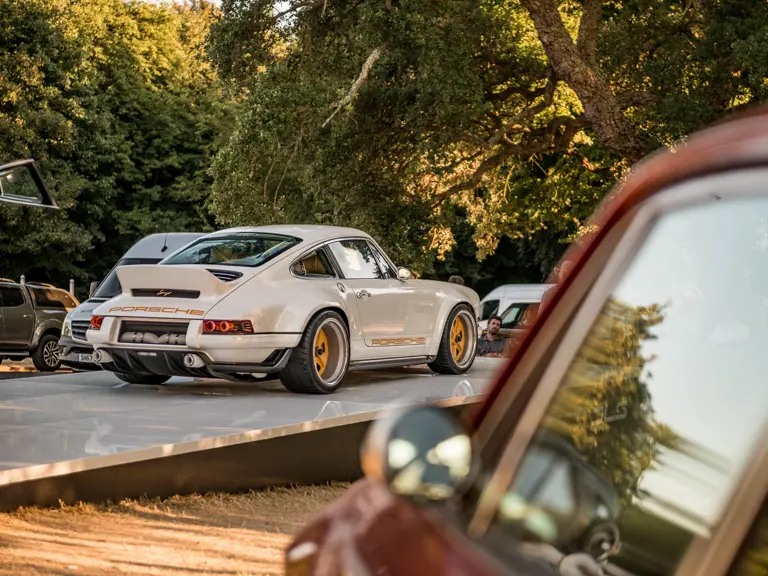
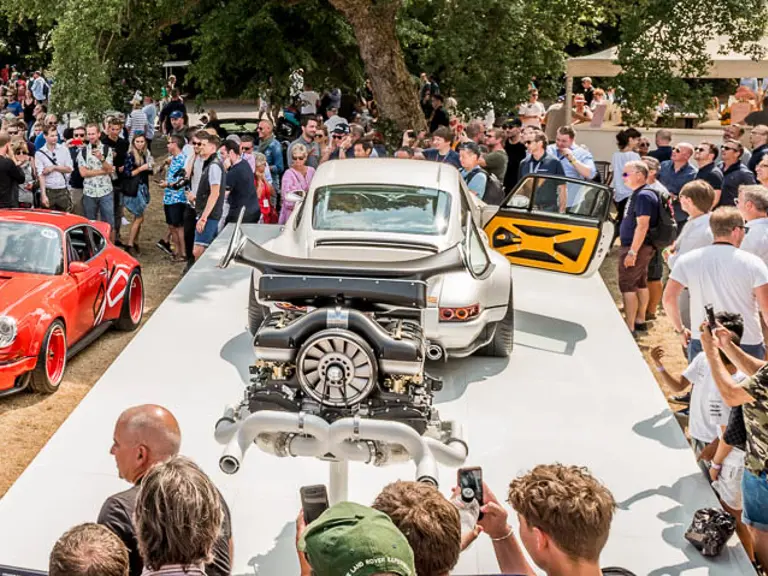
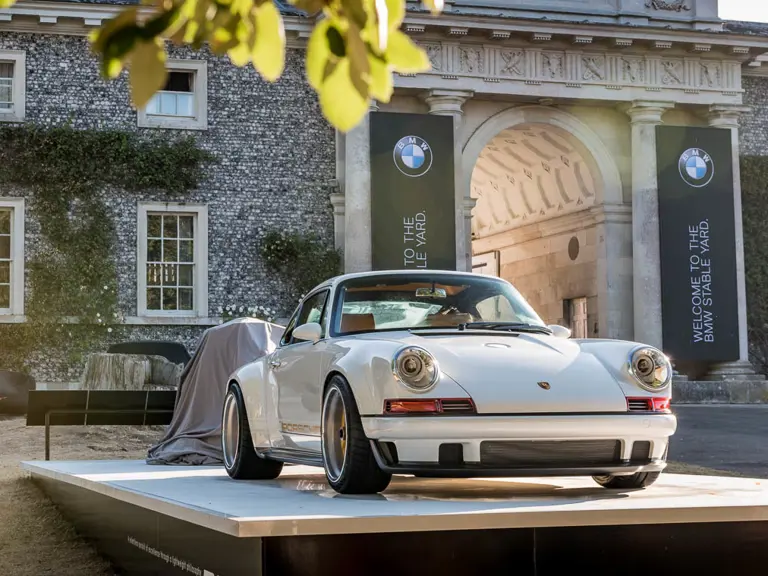
 | Torrance, California
| Torrance, California
